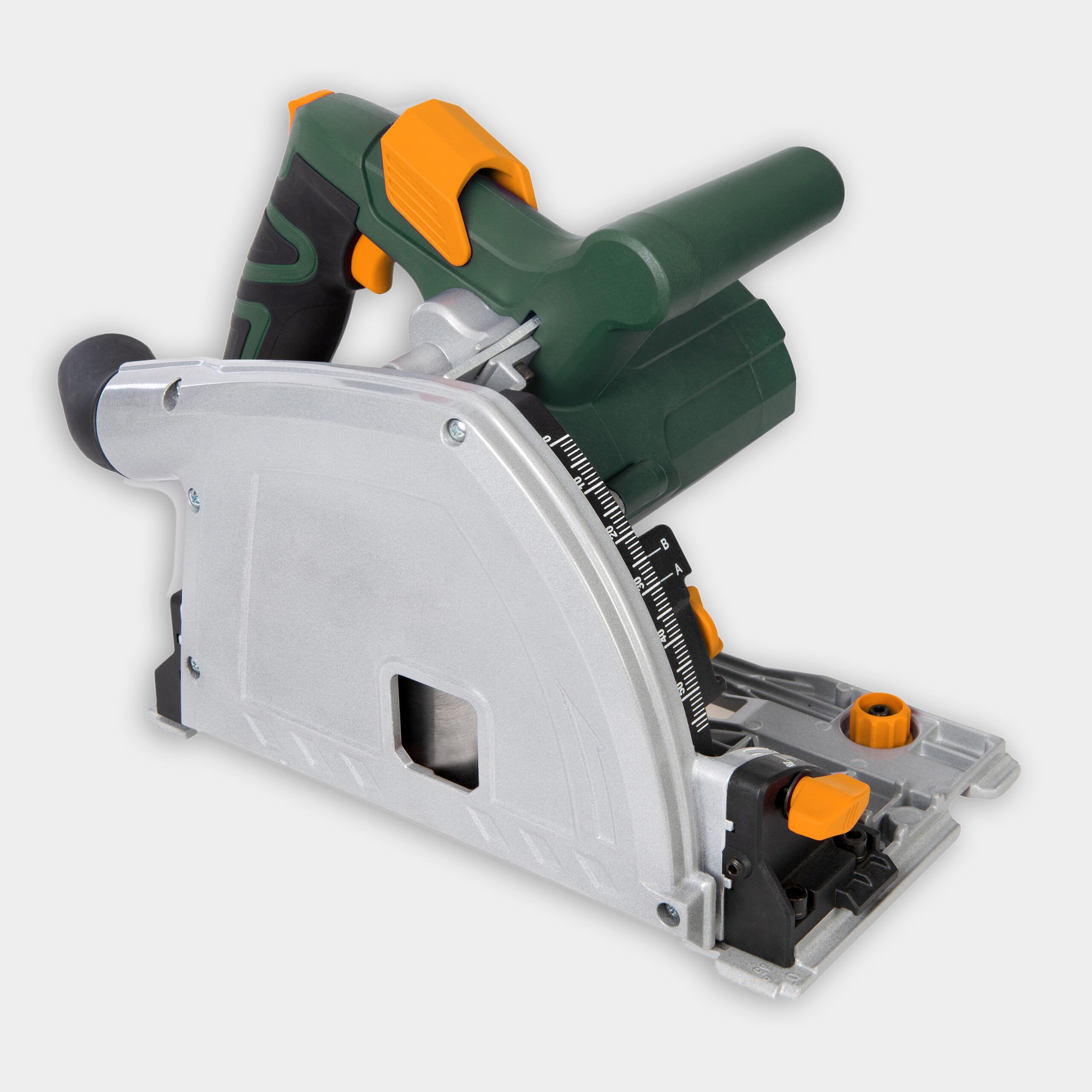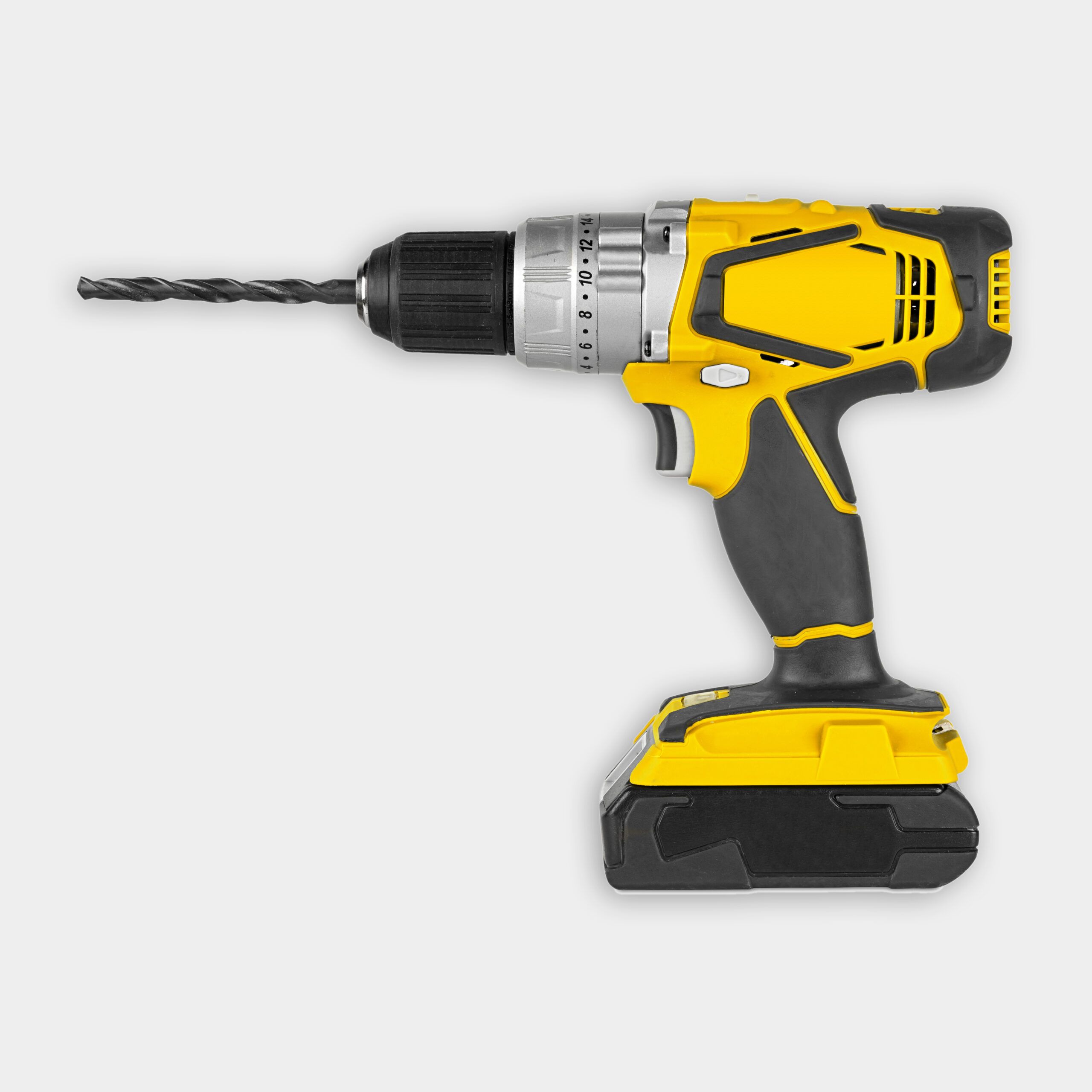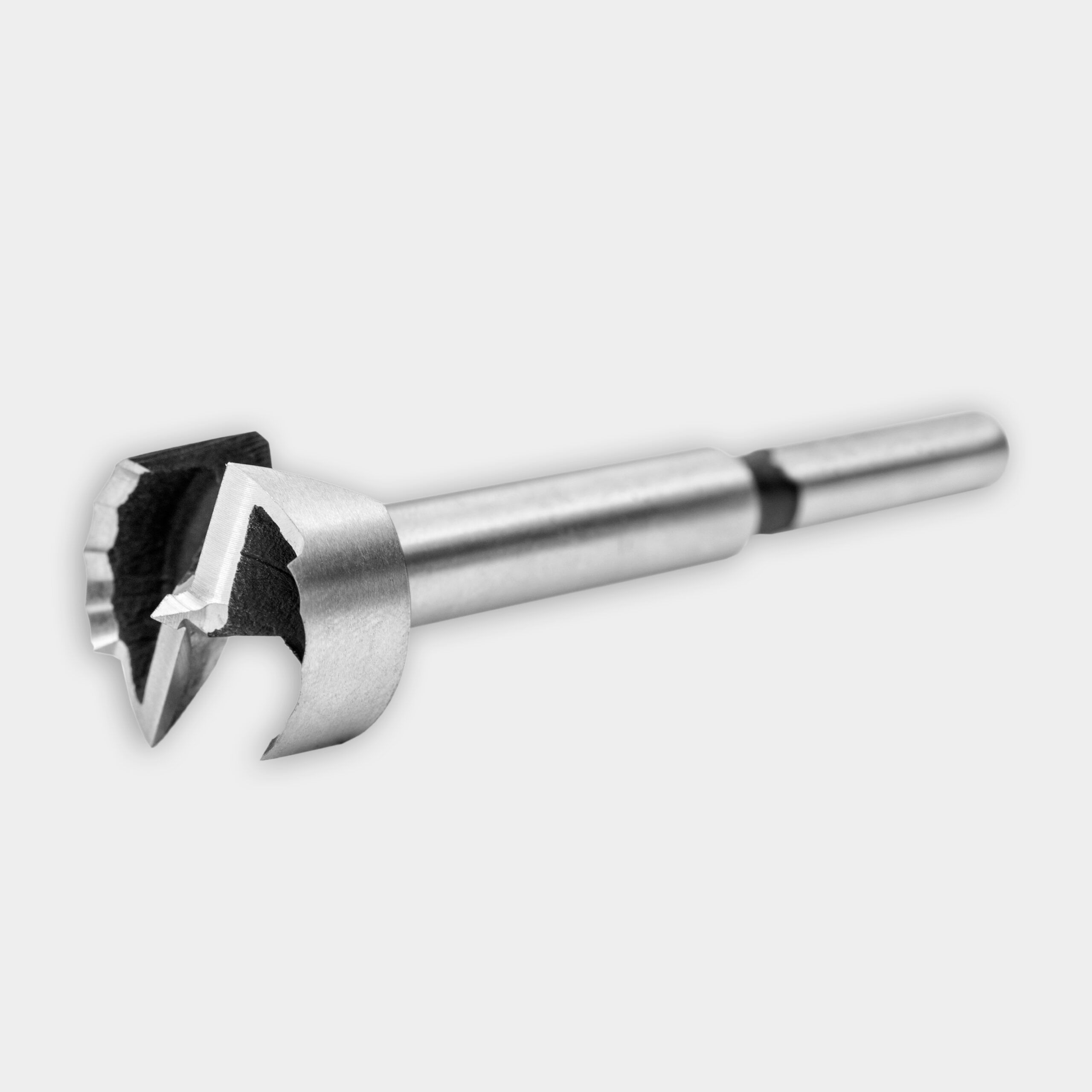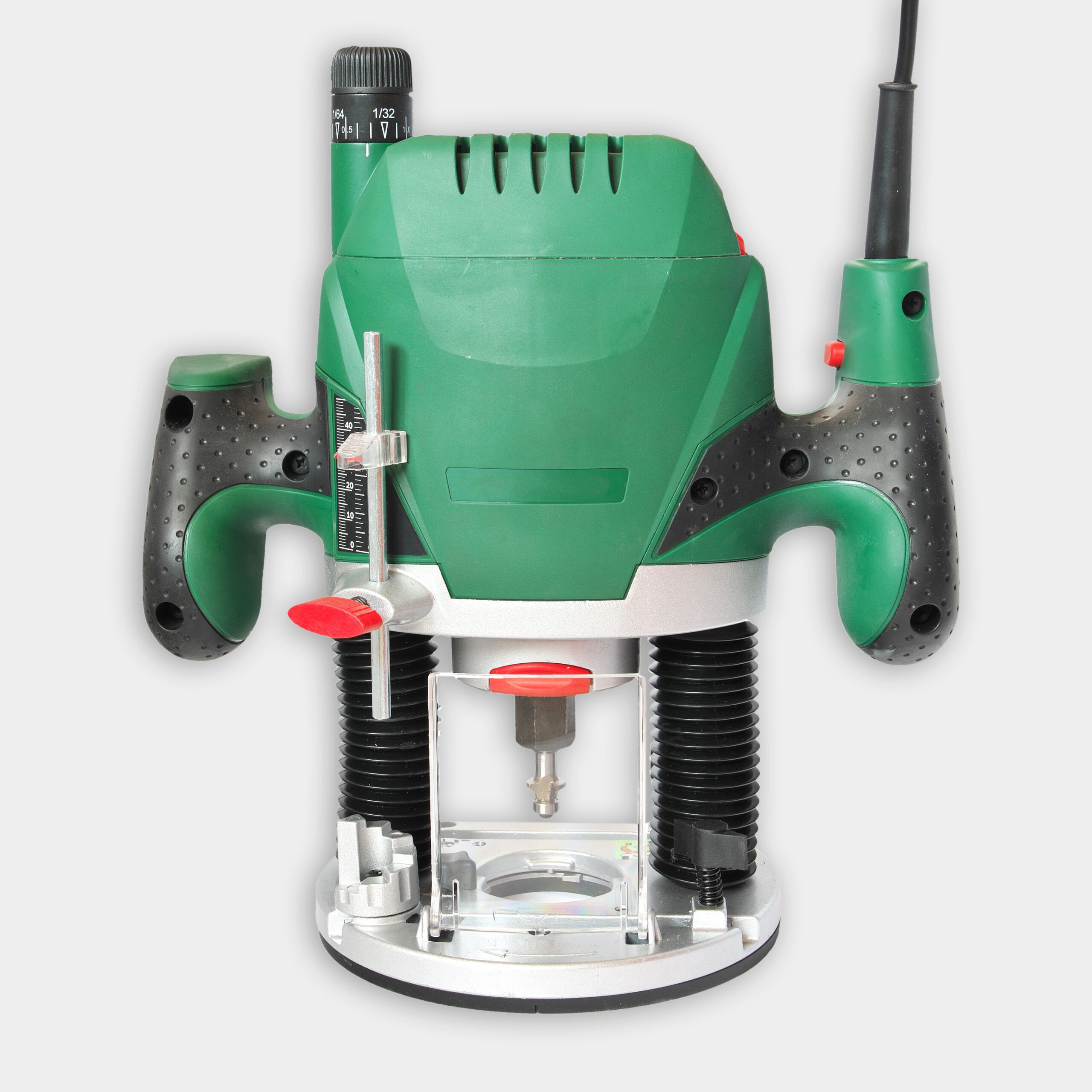We may be compensated if you purchase through links on our website. Our team is committed to delivering honest, objective, and independent reviews on home products and services.
Project details
Skill
Cost
Estimated Time
A well-organized workspace makes it easier to find tools and protect them from damage. By building your own storage shelf, you can organize your space for your specific tools and needs. In the video above, This Old House general contractor Tom Silva shows how to build one that can accommodate a variety of power tools and accessories.
Planning Your Tool Storage Shelf
Before diving into construction, consider your storage needs and available space. Proper planning will help you tailor your tool storage shelf to your requirements.
Assessing Your Tool Collection
Take inventory of the tools you need to store, paying attention to their sizes and shapes. This will help you determine the dimensions and layout of your storage shelf. Consider all the parts you need to store:
- Power tools (drills, saws, sanders)
- Hand tools (hammers, screwdrivers, pliers)
- Batteries and chargers
- Accessories and attachments
Determining Cabinet Dimensions
Based on your tool inventory and available space, decide on the overall cabinet size. Silva recommends a cabinet that is 3 feet wide, 4 feet tall, and 1 foot deep, but you can adjust these dimensions to fit your needs. Consider the following factors when determining dimensions:
- Height: Ensure the cabinet is tall enough to accommodate larger tools while still being easy to access.
- Width: Provide enough space for a variety of tools without overcrowding.
- Depth: Allow for secure storage without tools protruding from the shelf.
Choosing Materials
Silva used leftover materials from previous projects, including the below. These can all be found at home centers and lumber yards if you don’t have enough material in your scrap pile.
- 3/4-inch plywood for the cabinet box
- 1×12-inch select pine for shelves
- 1/4-inch plywood for adjustable dividers
Gathering Tools and Materials
To cut the boards to the correct dimensions, Silva used a TS 55 circular saw from Festool. He then secured everything together using GRK #9 2-inch multi-purpose screws from GRK Fasteners and some wood glue from Gorilla Glue. See a full list of the tools you’ll need for the project below.
Required Tools
- Drill
- Dust mask
- Forstner bit
- Jigsaw
- Measuring tape
- Pencil
- Router
- Safety glasses
- Track saw or circular saw
- Cup
- Sandpaper
- Wood glue
- Wood screws
Building the Storage Shelf Cabinet Box
The first step in creating your tool storage shelf is constructing the main cabinet box:
- Cutting the plywood: Use a track saw or circular saw to cut the 3/4-inch plywood into five sheets to form the sides, top, bottom, and back. Measure and mark your cuts carefully for better accuracy and less waste.
- Assembling the box: Once your pieces are cut, assemble the cabinet box using wood screws and glue. Since this cabinet is intended for garage use, simple butt joints will suffice. Check that the box is square and level before securing all joints. Reinforce joints with wood glue for added strength.
Creating Custom Tool Storage Solutions
With the basic structure in place, you can add custom features that will make your storage shelf more functional.
Designing Tool Holders
To create a space for hanging power tools, Silva cut “fingers” into the cabinet’s bottom shelf. Here’s how to do it:
- Measure and mark evenly spaced locations for the fingers on the bottom shelf. Plan the spacing based on the width of your power tools.
- Use a Forstner bit to drill holes at the peak of each finger, creating a rounded edge.
- Place a board underneath to prevent blowout, and use a straight edge on top to ensure consistent depth. This helps maintain your plywood’s integrity.
- Trace the curve of a cup to round the fingers’ outside edges.
- Cut out the rest of the fingers using a jigsaw. Smooth any rough edges with sandpaper.
Building Adjustable Shelves
To accommodate tools of various sizes, create adjustable shelves by following these steps:
- Cut dimensional lumber to size for the shelves. Make sure the shelves are sturdy enough to hold heavier tools.
- Mark the desired heights for each shelf in the cabinet.
- Use a router to create dados on one side of two shelves simultaneously. Accurate, well-aligned dados will hold dividers securely.
- Swap dividers in and out as needed.
Assembling the Storage Shelf
With all components prepared, it’s time to put everything together.
Installing Shelves and Dividers
Slide the 1/4-inch plywood dividers into the routed dados before securing the shelves. The dividers will help organize small tools and accessories. Attach the shelves to the cabinet box using wood screws, making sure they’re level and secure.
Adjust the placement of dividers as needed to create compartments of various sizes. Customizing the layout ensures each tool has an appropriate spot.
Adding the Back Panel
Make a back panel for the cabinet using any leftover plywood. This will add stability and prevent items from falling out the back. Secure the panel with wood screws and glue.
Sanding and Finishing
Sand any rough edges or surfaces to prevent splinters and create a polished look. Use fine-grit sandpaper for a smooth finish. If desired, apply a finish to protect the wood and enhance its appearance. Consider using a clear coat for a natural look or paint for a customized finish.
Organizing Your Tools
With your new storage shelf complete, organize your tools in a way that makes sense for your workflow. Place frequently used items in easily accessible locations and group similar tools together. Consider labeling compartments to make finding things even easier.





